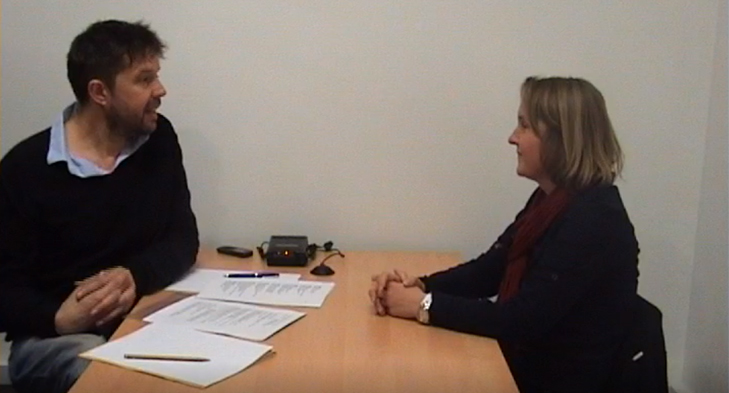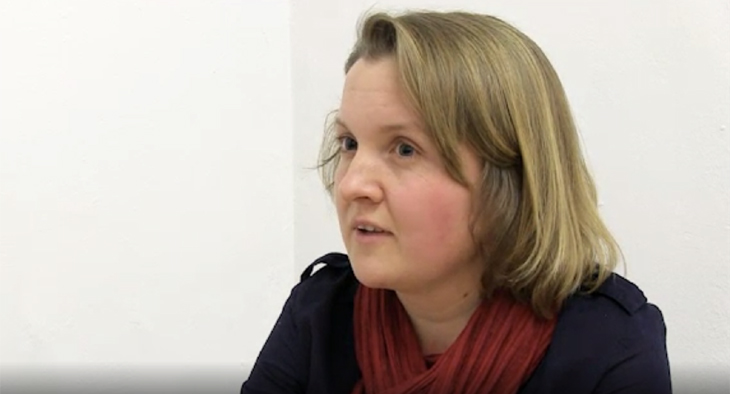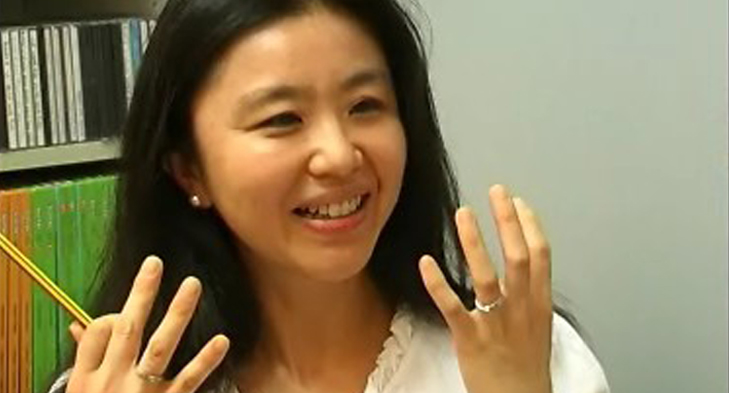TIP:
It’s a good idea to take risks when you speak. If you only use simple sentences your score will be lower. If you try to use more complex sentences, your score will be higher, even if your sentences are not always correct. It is important to use a variety of language.
Try to avoid using very common words like nice, good, or pretty. Use synonyms to show that you have a broad vocabulary.
nice = friendly, approachable, helpful, polite, …
good = interesting, fascinating, enjoyable, …
pretty = spectacular, striking, picturesque, …





